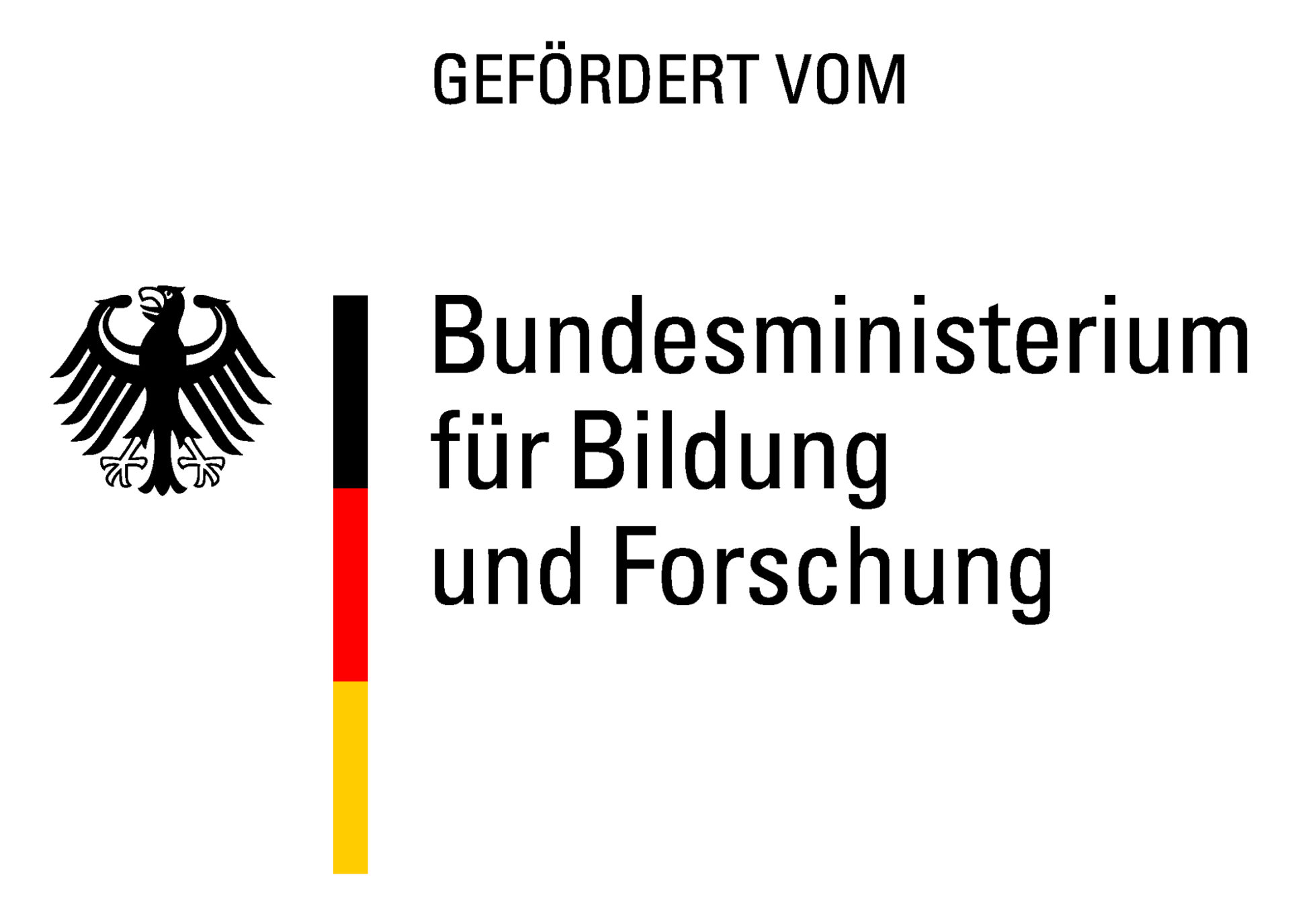

The original challenge plan has been adapted due to the corona situation.
1 Introduction
Handwriting is an important skill. In children, it benefits motor control, visual-motor integration, proprioception and sustained attention [1]. Studies have also shown that handwriting improves the brain’s processing capabilities compared to typing notes on a laptop [2]. Furthermore, it enhances the users’ ideation abilities [3]. Despite these scientific advantages, the main reason for most people to use pen and paper is just the comfortable, analog, natural look-and-feel.
Connecting the advantages of digital text – like saving, editing and sharing – to a pen that writes on normal paper would be excellent. STABILO’s Ubicomp 2020 Challenge will take a step in that direction.
The participants will be provided with datasets recorded with DigiPens. The DigiPen is a regular-sized, light and ergonomic ballpoint pen equipped with two accelerometers, a gyroscope, a magnetometer and a force sensor.
The task of this challenge is to classify characters from the provided sensor data. This introduces unique problems to be solved by the research field of multivariate time series classification, as every writer has their personal way of writing and their own way of holding the pen.
The algorithms to use are completely up to the teams. Some inspiration can be found here: [4] [5] [6]
2 Competition Rules
2.1 Organization
The competition consists of two stages: An open competition that any eligible team can participate in and an invitation-only final competition.
Open Competition: The open competition consists of three two stages with increasing difficulty. Before the release of stage 2 and stage 3, teams can voluntarily submit their preliminary algorithms. It can be advantageous for teams to submit in order to compare themselves with other teams and to gain experience about the submission process. More info here.
Final Competition: The three teams with the best performance in stage 3 of the open competition will be invited to participate in the final competition. The final competition will be judged in Cancún, Mexico during the Ubicomp 2020 conference.
Important dates:
End of January: Stage 1 dataset release- April 1st: (voluntary) Submission of stage 1 results
April 6th: (voluntary) Extended Submission of stage 1 resultsApril 6th: Stage 2 dataset releaseMay 25th: (voluntary) Submission of stage 2 resultsJune 1st: Stage 3 dataset release- July 15th: (mandatory) Submission (and registration) deadline (Stage 2 algorithms)
- August 3rd: Finalist announcement
September 12-16th: Ubicomp conference including the final competition
2.2 Formation of competition teams
Each team participating in STABILO’s Ubicomp 2020 Challenge should be comprised of two to eight undergraduate or graduate students. We ask you to nominate a team lead who should have a Masters degree.
2.3 Open competition submissions
Teams wishing to participate in the open challenge have to register. A download link to the datasets will be sent out afterwards. The following items have to be part of the final, mandatory submission on July 15th:
- PDF paper: A 2 to 6 pages document describing the algorithms that the team implemented. Any format can be used.
- Your algorithm in an executable format to be confronted with test data of unknown persons by STABILO. More info on the format and the evaluation metrics here.
- The source code of your algorithm including a how-to.
The voluntary submissions of stage 1 and stage 2 only require the executable to be tested.
2.4 Prizes for finalists
Two members of each of the three finalist teams will receive travel support to attend Ubicomp 2020 (up to 1200 USD for inner-American travel and 1700 USD for intercontinental travel per member). The participants can claim their travel expenses on a reimbursement basis.
These are the winners’ prizes:
First place: 3000 USDSecond place: 2000 USDThird place: 1000 USD
The prize money and the travel support has to be moved to the modified 2021 STABILO challenge. Nevertheless, the three best teams who submit their stage 2 algorithms will receive nice gadgets:
- First place: A Digipen with the Digipen Devkit and STABILO pen packages
- Second place: A Deuter backpack filled with STABILO pen packages
- Third place: STABILO pen packages
2.5 Exclusion from the challenge
No organization or university affiliated with STABILO, the MaD-Lab, Fraunhofer IIS or the “Schreibtrainer” research project is permitted to participate in this challenge. Please also note that any team can be excluded from the challenge at any time.
3 Additional Information
On this website, you can find information on the sensors as well as on the data and their acquisition.

References
[1] K. P. Feder and A. Majnemer, “Handwriting development, competency, and intervention,” Developmental Medicine and Child Neurology, vol. 49, no. 4, pp. 312–317, 2007.
[2] Pam A. Mueller and Daniel M. Oppenheimer. 2014. The pen is mightier than the keyboard: Advantages of longhand over laptop note taking. Psychological Science 25, 6 (2014), 1159–1168. https://doi.org/10.1177/0956797614524581
[3] Oviatt, Adrienne Cohen, Andrea Miller, Kumi Hodge, and Ariana Mann. 2012. The impact of interface affordances on human ideation, problem solving, and inferential reasoning. ACM Transactions on Computer-Human Interaction 19, 3 (2012), 1–30. https://doi.org/10.1145/2362364.2362370
[4] Koellner, Christopher & Kurz, Marc & Sonnleitner, Erik. (2019). What Did You Mean? An Evaluation of Online Character Recognition Approaches. 1-6. 0.1109/WiMOB.2019.8923384.
[5] Christoph Amma, Dirk Gehrig, and Tanja Schultz. 2010. Airwriting recognition using wearable motion sensors. In Proceedings of the 1st Augmented Human International Conference (AH ’10). Association for Computing Machinery, New York, NY, USA, Article 10, 1–8. DOI:https://doi.org/10.1145/1785455.1785465
[6] Bashir, and J. Kempf, “Reduced Dynamic Time Warping for Handwriting Recognition Based on Multidimensional Time Series of a Novel Pen Device”, WASET, International Journal of Intelligent Systems and Technologies, Volume 3 Number 4, Art. 31, p.194, Fall 2008